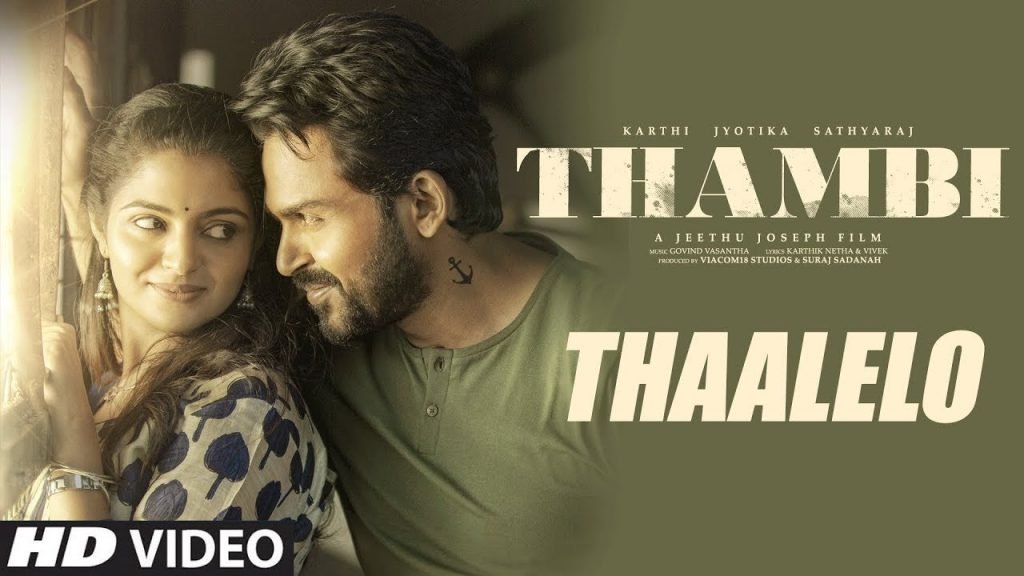

Though not written in the stotra style, the lullaby sings the praise of Goddess Mari, mentions her various forms, mentions her companions, mentions the acts of devotees for getting her favour, contains in various places of her worship, prayer to her to remove the smallpox eruptions from the body etc. The lullaby starts with a prayer to Ganesha and then prayer to Goddess Saraswathi.Ī request is made to her for help in singing the story of Mari. It is believed to be ancient but references to instruments like Clarinet (a western musical instrument), reference to the invasion of Marathas etc indicate that additions to the lullaby took place as per the local times and the imaginative approach of the singer. The song written in a folk music style does not obey any rules of lullabies except that it is aimed at soothing the Mariamman rather than the baby. So why sing the lullaby Mariamman Thalattu One such form of devotion to the goddess is the singing of Mariamman Thalattu (Lullaby to Mariamman) accompanied by the fast-playing of a small drum. She is considered as the protector (kaval deivam) by many people residing in South India. Mariamman is worshipped in accordance with the local Agamas as Pidari or the Gramadevata. Her worship mainly focuses on bringing rains and curing diseases like cholera, smallpox, and chickenpox. Her festivals are held during the late summerearly autumn season of Aadi throughout the Tamil Nadu with the largest being Aadi Thiruvizha. Mri is closely associated with the Hindu goddesses Parvati and Durga as well as with her North Indian counterpart Shitala Devi.

She is the main South Indian mother goddess, predominant in the rural areas of Tamil Nadu.


 0 kommentar(er)
0 kommentar(er)
